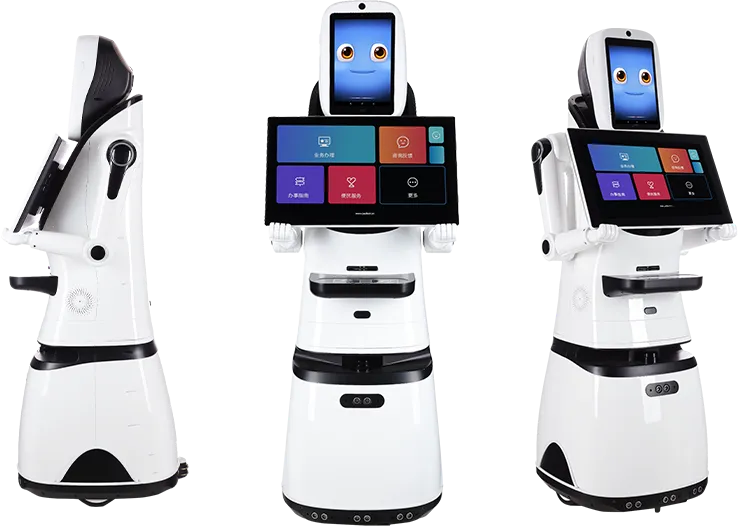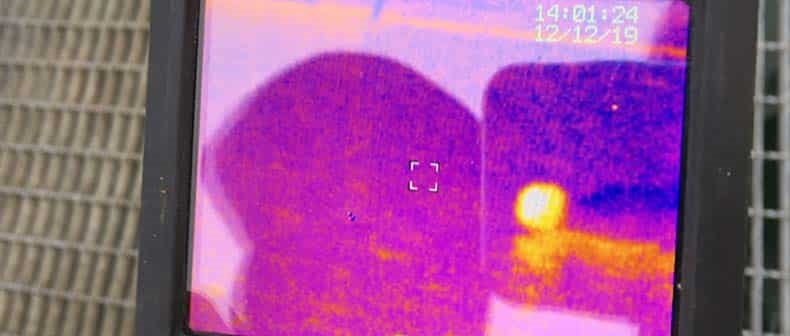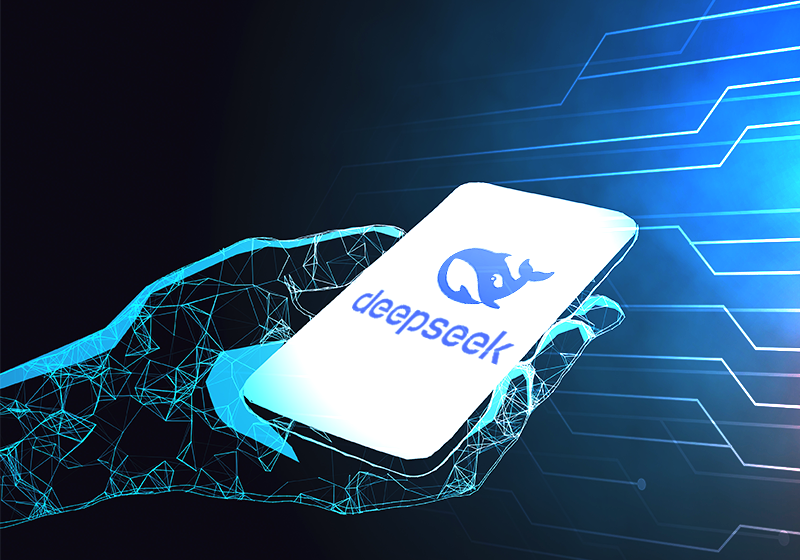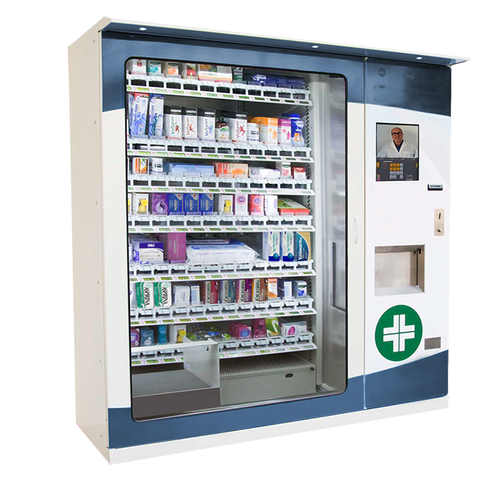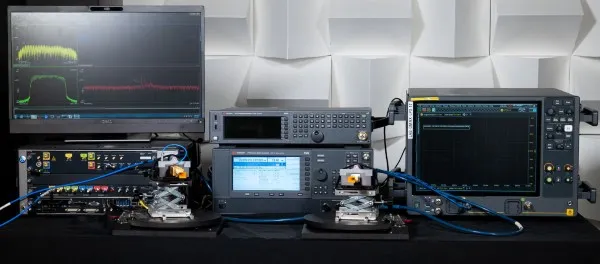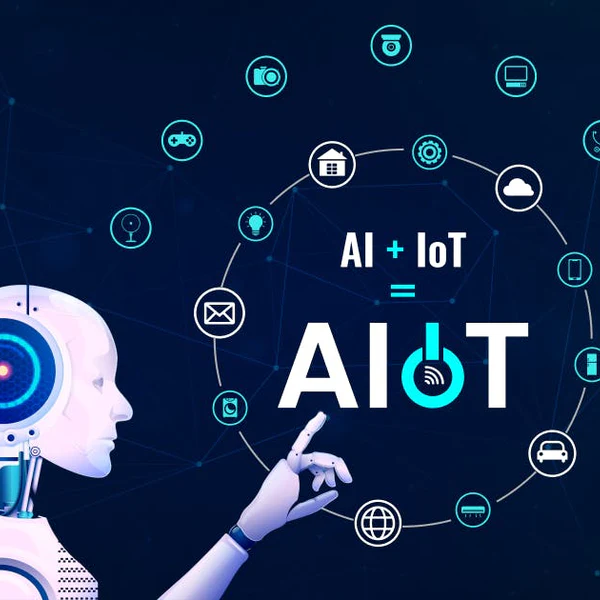
Analysts generally define artificial intelligence (AI) + internet of things (IoT) — AIoT — as the fusion of AI and IoT, using AI to make IoT devices smarter and more autonomous. This is a device-centered, "small data" definition. From a strategic, large-data perspective, AIoT is the connection between machine intelligence and the physical world.
Large datasets used for AI training and inference originate from the small data collected by devices at the network edge that interact with things and people. These IoT sensors and human input devices are the source of real-world data that make AI practical and valuable. In other words, connected devices form a nervous system that links AI to our world. AIoT makes AI real and meaningful.
The value of device connectivity for AIoT
AI has an insatiable demand for reliable, real-world data to drive training and inference. Rapid advances in AI therefore require large volumes of accurate data about the world we inhabit, and this dependency fundamentally changes the economic value of device connectivity. Historically, a connected device's value was often judged by its intrinsic functional value — for example, a thermostat that measures temperature and controls HVAC. Now, AI extends a device's value proposition so that value also includes contributions to higher-level systems such as energy management.
Device total value = Functional value + AI contribution value - Device cost
AI-enabled ecosystems can extract more information from connected sensors and controllers, potentially increasing the value of each participating device well beyond its basic function. However, each device's AI contribution varies by use case and solution scale, so AI is not a blanket reason to raise device prices. Functional value still sets customers' baseline expectations for cost. The key to profitable AIoT devices is adding AI capabilities and ecosystem connectivity as efficiently as possible — cost-effective connectivity is central to that goal.
AIoT redefines device connectivity
The explosive growth of AI is driving manufacturers of connected devices to meet the demand for IoT products that provide inputs to AI ecosystems. From a connectivity perspective, this requires:
- a standardized, widely available IP-based network; and
- a software application layer that enables direct, secure, multi-vendor communication between devices and applications.
This new definition of device connectivity couples message distribution with message content within vertical domains. Standardizing connectivity accelerates product development, simplifies installation, and reduces total product cost. Standardizing message content further increases device value by enabling effective connectivity to multiple applications and ecosystems.
The next sections examine how minimal IP networks plus domain-specific application layers can make AIoT products feasible for mass markets.
Standard device networks
There are hundreds of distinct device networks worldwide — wired, wireless, IP-based, non-IP, full-stack, LAN, PAN, LP-WAN, cellular, satellite, and more — connecting billions of devices. Over the past 30 years these networks evolved, each finding use cases and business models.
Initially, rapid network innovation allowed embedded device vendors to differentiate products based on energy efficiency, coverage, mesh technologies, security, usability, device capabilities, cost, and compatibility without waiting for slow industry-wide standards. But that wait has paid off. Today, a few industry-standard networks cover nearly all relevant device connectivity features and functions. The rapid innovation phase for connectivity is over and the market is in a consolidation phase: most specialized network technologies no longer provide meaningful differentiation and instead add cost and market friction.
Product companies can now choose from a small set of key device networks. Four types of LANs plus cellular, satellite, and LP-WAN meet most use cases. Specialized networks fill remaining gaps.
Standard application layer
Internet Protocol (IP) lets messages traverse any IP-carrying network without requiring hubs, gateways, or protocol translators. Applications can therefore use the same (or similar) message payloads to communicate with IoT devices connected over Ethernet, Wi?Fi, Thread, satellite, or cellular. IP communication links are the primary requirement for standardizing device connectivity. The second requirement is an application layer — a common language for message payload contents transmitted over IP networks.
Matter defines an application layer for smart homes. Other domains such as commercial buildings, healthcare, retail, agriculture, and smart cities have distinct device definitions, attributes, and security architectures. The following summarizes Matter and how the same concept can be applied to other domains.
Matter: the application layer for smart homes
Matter, developed by the Connectivity Standards Alliance (CSA), is a smart home connectivity standard that exemplifies an application layer. It standardizes device security, privacy, and message semantics across IP LAN networks like Ethernet, Wi?Fi, and Thread.
Matter's primary goal is to unify consumer device networks and protocols so that certified products from any manufacturer interoperate using existing network infrastructure. Network standardization is relatively straightforward; the real challenge is standardizing the application layer so devices and applications interoperate across any IP network.
If you need detailed information on Matter, consult NXP Matter research reports.
Matter study materials
Matter — Smarter Smart Homes
An in-depth look at Matter's technical details and its role in the transition from smart homes to automated homes. Download available materials removed.
Matter — Security and Privacy Foundations
Overview of Matter's information security and privacy foundations and how NXP supports Matter development. Download available materials removed.
Matter as an AIoT application layer
Matter defines an application layer or a connectivity "fabric" built on top of the network layer. The Matter fabric has two distinctive components:
- Security and privacy — mechanisms to ensure device trust, manage secure device onboarding, and provide end-to-end encryption for messages.
- Semantics (data model) — a common language for efficient device communication on the fabric.
Matter is a virtual extension of device connectivity constructed on top of physical IP networks. The Matter protocol authenticates and authorizes network nodes, creates and manages secure fabrics, and defines the structure and semantics of messages transmitted within the fabric.
With Matter, manufacturers can combine standardized, widely deployed IP networks such as Ethernet, Wi?Fi, and Thread, and use low-power Bluetooth for device setup. Other IP networks like cellular and satellite can support scenarios outside the home and other verticals, but adopting those networks requires new device configuration and security processes.
Matter defines an application layer aimed at standardizing protocol, security, and semantics for smart home applications; the same concept can apply to other domains.
Matter in vertical markets beyond the home
The Connectivity Standards Alliance developed Matter to standardize network, security, and semantics for consumer electronics in residential environments. However, demand for similar application layers is growing in multi-dwelling units, small businesses, healthcare, and other verticals. Which non-residential scenarios suit Matter, which do not, and how will the application layer evolve to meet other vertical needs? The following considers these questions from a product developer perspective.
As a smart home standard, Matter does not directly cover commercial buildings, retail, manufacturing, healthcare, agriculture, and other domains. But for some commercial scenarios that resemble residential characteristics, Matter products are suitable. For example, small and medium-sized enterprises that use consumer-grade devices can leverage Matter for lighting and HVAC control. For now, large commercial and industrial applications remain outside Matter's intended scope.
Matter's applicability could extend into some commercial scenarios over time. As Matter adoption accelerates, the CSA is likely to remain focused on residential use cases. Nevertheless, market forces similar to those that drove enterprise adoption of Wi?Fi may encourage commercial customers to deploy Matter or Matter-derived standards in non-residential verticals where it is appropriate.
Connectivity considerations: homes and small businesses vs. large enterprises
AI-driven demand to manufacture billions of AIoT devices represents a significant commercial opportunity. Many of these devices can operate on unlicensed-spectrum LANs and connect naturally to AI-enabled application ecosystems. Most hardware, network, and software components are standards-based and off-the-shelf, requiring minimal system customization and enabling strong economies of scale.
Matter is an example applicable to smart homes and similar markets. As Matter and Thread technologies mature, the set of "similar" use cases will expand. However, LAN network scalability and application layers like Matter have inherent limitations; beyond a certain scale enterprises must choose licensed connectivity solutions.
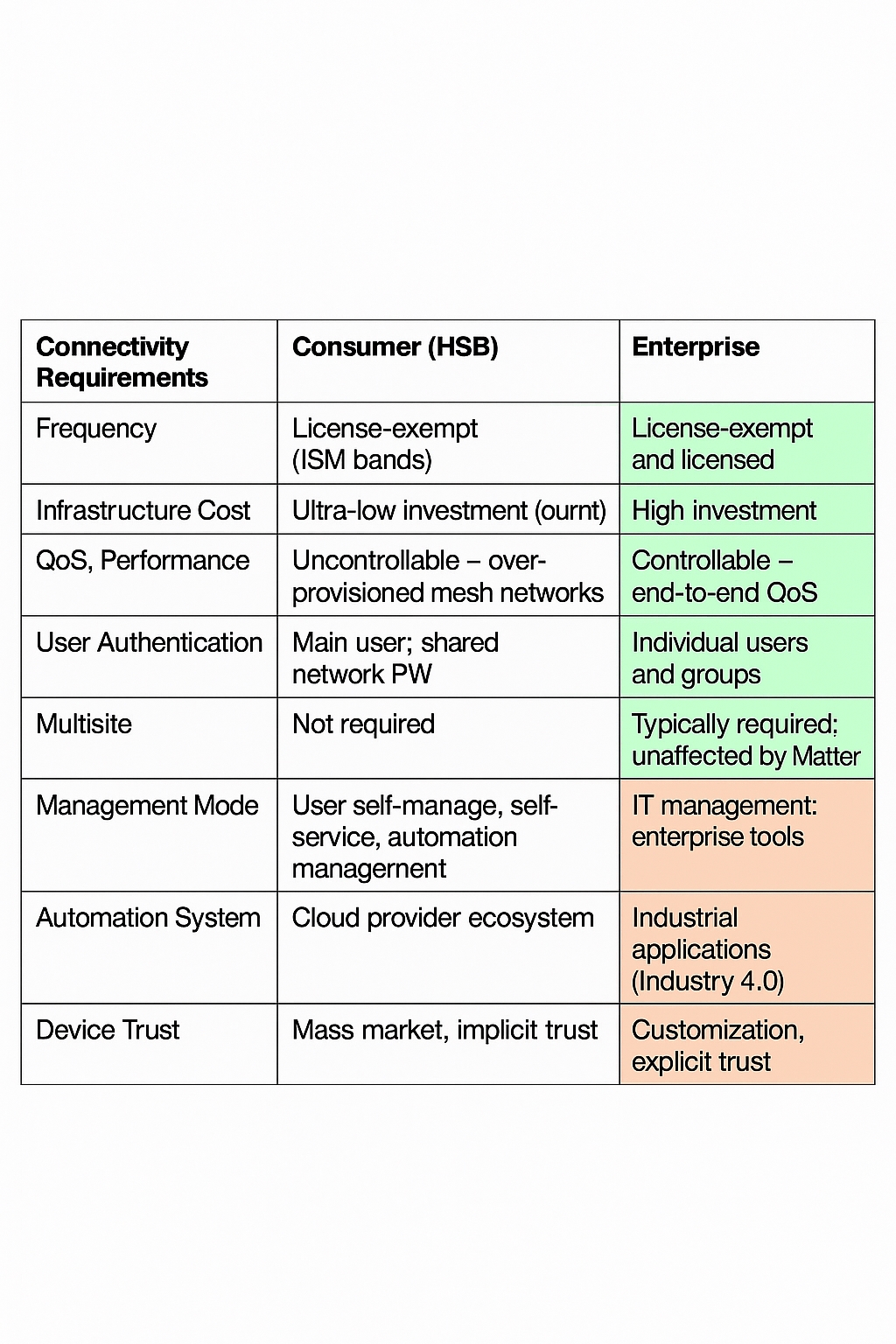
▲ Table 1: Consumer vs. enterprise device connectivity
Enterprises often hesitate to adopt unlicensed-spectrum wireless solutions due to preconceived notions about technical limitations and concerns about overcoming those limitations, platform availability, and cost. Table 1 compares eight considerations for consumer and enterprise IoT device connectivity. The first five (highlighted in green) have practical solutions; the last three (highlighted in orange) do not.
Independently of domain, two deployment scenarios pose insurmountable obstacles for unlicensed-spectrum networks: mobility and remote locations. These scenarios require cellular, satellite, or LP-WAN connectivity. In theory, application layers like Matter can run over cellular or satellite networks, but Matter's configuration and deployment mechanisms would need significant modification.
LP-WAN networks such as LoRaWAN do not provide sufficient device-level bandwidth to support Matter. LoRaWAN gateways could act as Matter bridges to support legacy protocols, but this approach requires validation.
Summary
IP networks moved computing out of data centers, cellular enabled mobility, and satellite constellations aim to provide global coverage. Nonetheless, most wireless internet traffic still traverses unlicensed radio spectrum, especially via Wi?Fi, and that is unlikely to change. With performance improvements in Wi?Fi 6 and Wi?Fi 7 and the shift of low-power devices toward Thread, unlicensed networks are likely to continue evolving rapidly.
IP protocols allow product developers to mix and match radio technologies, whether unlicensed (Wi?Fi, Thread, low-power Bluetooth, LP-WAN) or licensed (cellular, satellite). Standardizing IP-based interoperability protocols for specific vertical industries is the next step, and consumer electronics manufacturers are advancing this trend through Matter.
For most products, unlicensed networks remain the lowest-cost and most widely applicable option, and integrating Wi?Fi, Thread, and low-power Bluetooth into IoT devices has become straightforward.
For example, NXP's tri-band wireless chips simplify wireless hardware and software development, enabling developers to choose chips and chipsets that seamlessly integrate with existing platform software — easing certification, avoiding spectrum licensing, and eliminating dependency on service providers while providing predictable performance. Lower costs, improved performance, and IP-based universal device connectivity allow product companies to scale rapidly as AI drives demand for real-world data.
Multimodal AI, universal device connectivity, and interoperability standards together generate strong data attraction, creating a favorable environment for IoT development. This virtuous cycle links IoT expansion to AI growth.
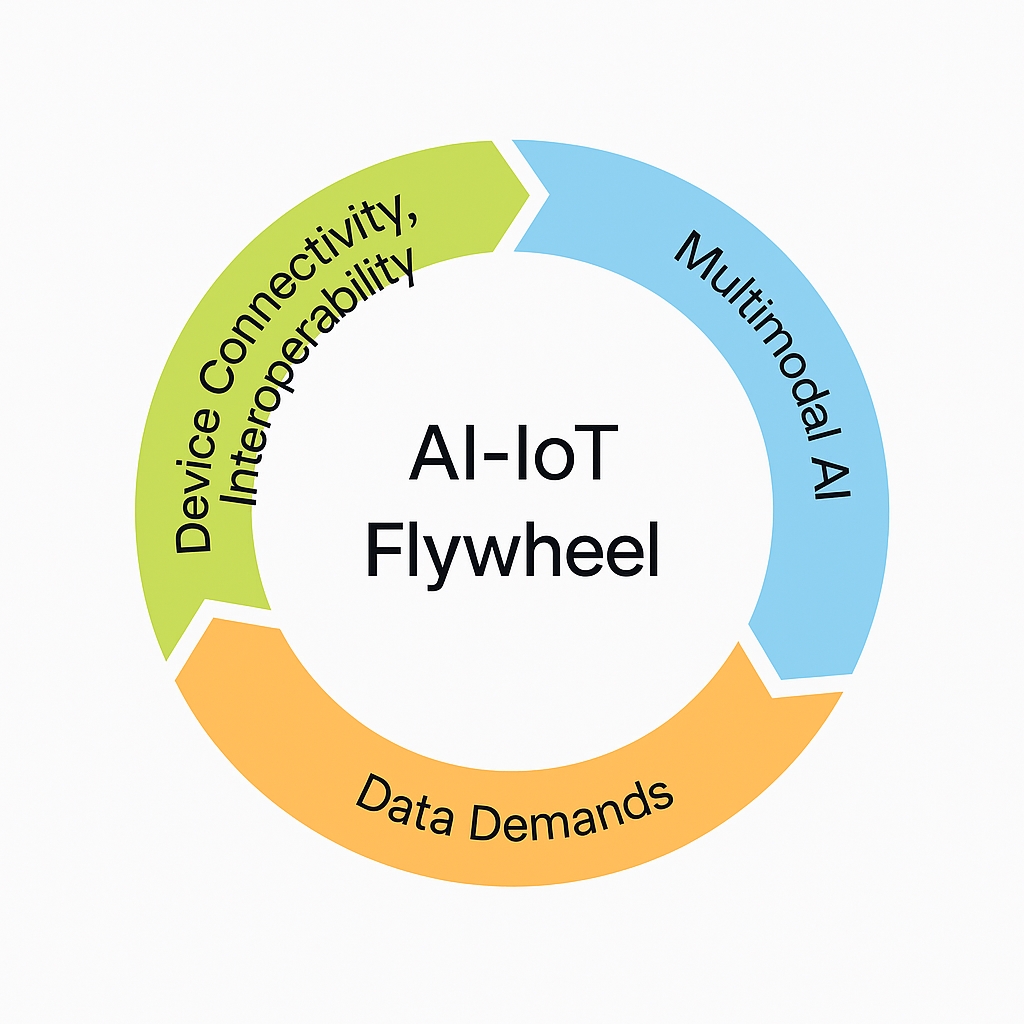
▲ Figure 1: The AI–IoT flywheel
Figure 1 illustrates the relationship between AI and IoT. Multimodal AI applications increase demand for data from connected devices. Product companies respond by maximizing device connectivity and interoperability, which raises data availability and accelerates AI development. As this flywheel speeds up, economies of scale reduce device cost and further accelerate adoption.
This combination of AI-driven applications, low-cost connected devices, and standards-based interoperability fundamentally changes the economics of embedded computing. The aggregate economic and social benefits extend far beyond the value of any single connected device.
This article is an excerpt from the white paper "AIoT: Connecting Artificial Intelligence to the Physical World," which discusses how connectivity enables AIoT and reviews deployment considerations. The white paper also highlights the role of NXP tri-band technology in simplifying wireless hardware and software development so product companies can scale during AIoT expansion.
 ALLPCB
ALLPCB


